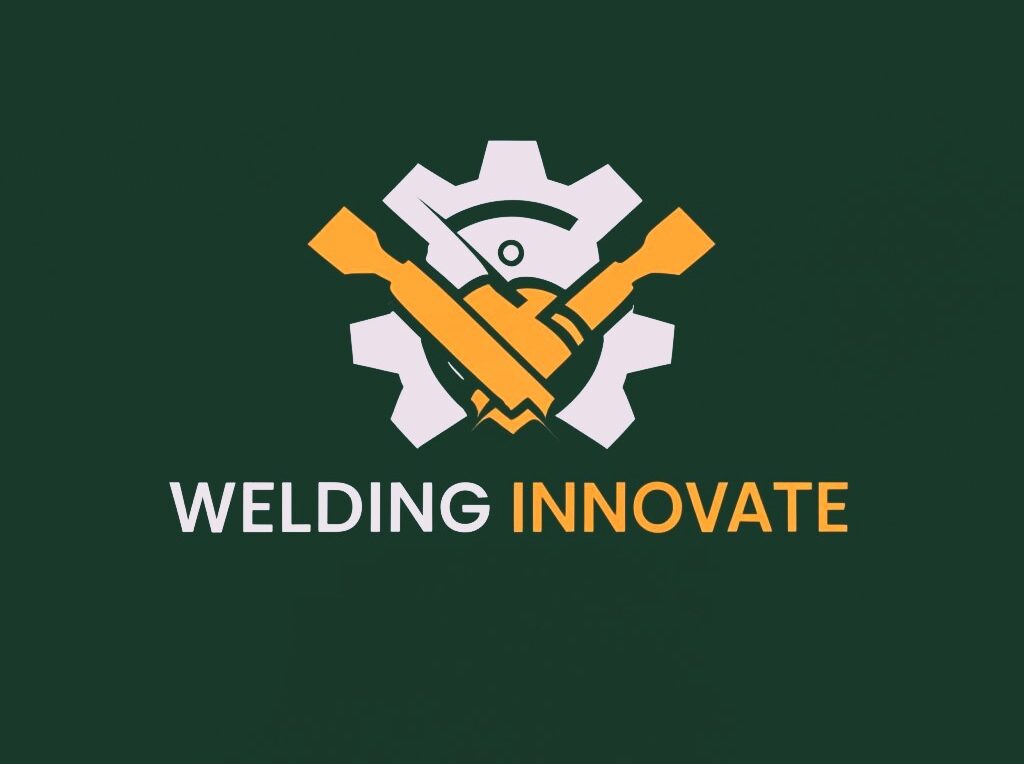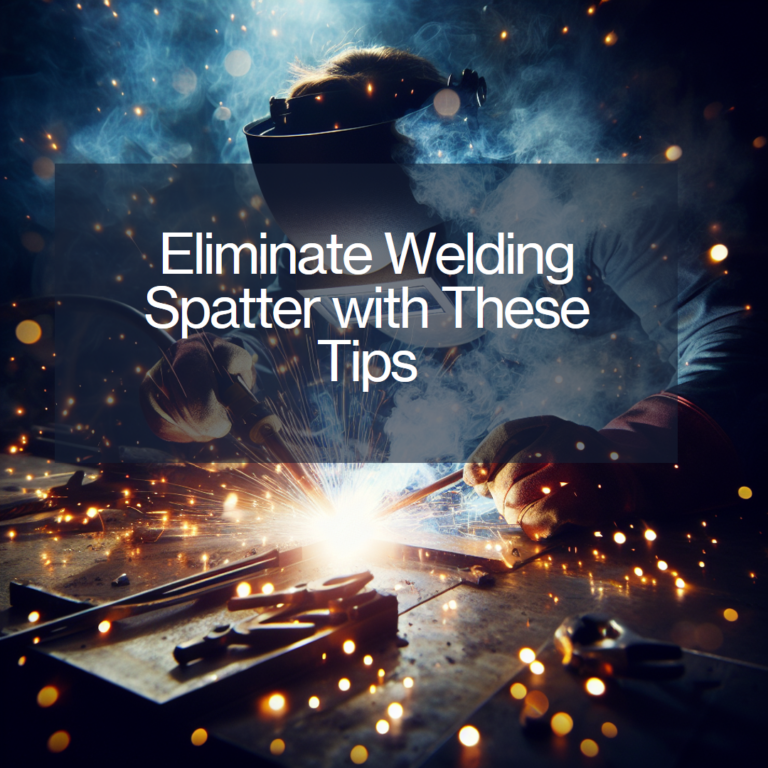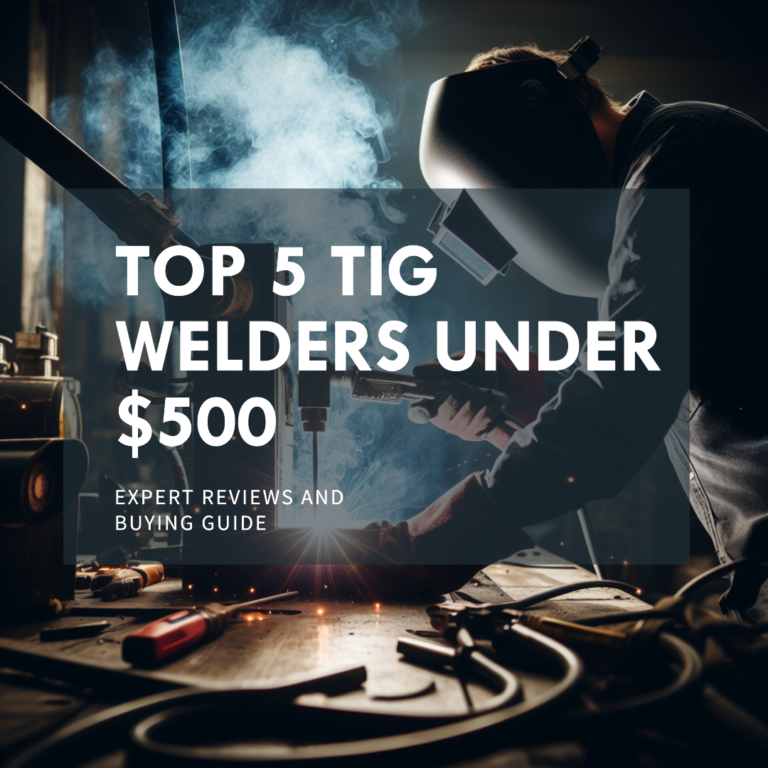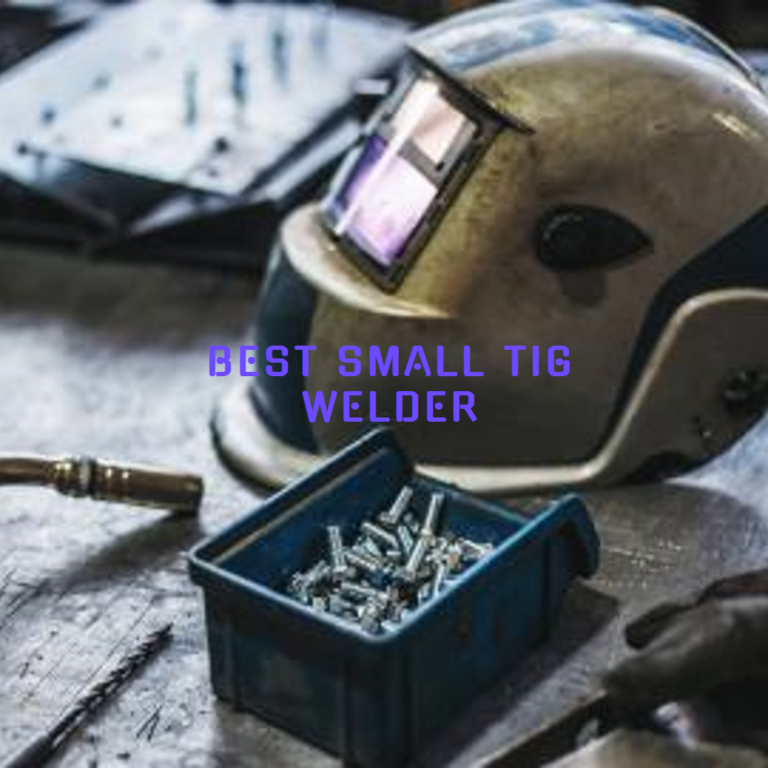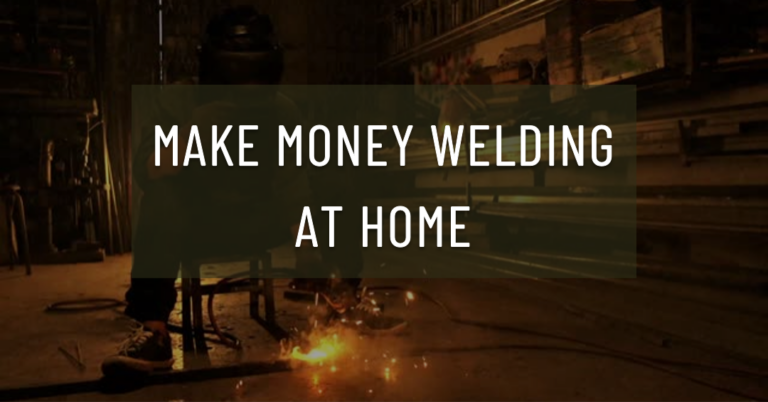As a professional welder, I often get asked – what is MIG welding? In simple terms, MIG (metal inert gas) welding, also known as GMAW (gas metal arc welding), is a versatile, economical fusion welding process that joins metal pieces together by heating them with an electric arc established between a continuously fed wire electrode and the metals themselves. The wire electrode also serves as the filler material. An inert shielding gas like argon or helium protects the weld pool and wire from atmospheric contamination.
MIG welding has become ubiquitous across industries like construction, manufacturing, automotive, and others because of its ease of use, speed, and applicability to materials like mild steel, aluminum, and stainless steel in all thicknesses. Its portability empowers me to carry out welding with handheld guns in workshops. Compared to stick welding, MIG offers higher deposition rates and cleaner welds making it ideal for projects where quality matters most. Though limited to flat and horizontal positions, with the right technique and parameters, MIG can deliver welds that meet or exceed structural specifications. I rely on this versatile wire welding process for its efficiency and effectiveness on the majority of metals and joint configurations encountered in the field.
How does it work?
MIG/MAG welding uses an electric arc created between a continuously fed metal wire acting as an electrode and the base metal. The arc area is shielded by an inert gas flow to prevent contamination. The wire melts from the arc’s heat and deposits into the welding zone, fuse with the base metal. This creates the weld pool. The process is relatively simple, fast, and suitable for heavy fabrication work. It requires less training than techniques like TIG welding, while producing decent quality welds. However, for more delicate and precision tasks, TIG remains superior in weld cleanliness and strength.
MIG welding process
Proper welding requires optimizing voltage, shielding gas flow rate, and wire feed speed for the application. Joint preparation is also critical – surfaces must be cleaned of rust, oil and other contaminants. Weld quality depends on travel speed and puddle control relative to joint thickness. With practice, a MIG welder learns to balance these variables to produce sound, lasting welds in various positions and thicknesses. Safety is also paramount when MIG welding, as the process uses intense heat and emits UV radiation. With responsible operation, MIG can create exceptionally strong and visually appealing welds.
Position and angle
Proper torch positioning and angle are critical to avoid filler sagging or rolling from vertical joints. MIG can weld flat, horizontally, vertically, and overhead. The travel angle relative to perpendicular and work angle to the weld joint configuration significantly impact results. The angles must suit the specific welding position and joint type according to standard guidelines.
Speed
Travel speed control affects weld bead shape and quality markedly. Skilled MIG welders often gauge appropriate velocity by judging puddle size versus joint thickness. Moving too fast causes undercut, whereas too slow leads to excess buildup. An optimal rate balances penetration and aesthetics for the specific materials and thickness welded.
Modes of metal transfer
The mode shifting metal droplet transfer has a major influence on heat input, spatter generation, and penetration. Short circuit uses low current/voltage for thin sections, at risk of cold laps. Globular requires more power but gravity limits it to flat welds. Spray utilizes a high deposition rate for thicker joints. Pulsed minimizes heat input for thin materials with controlled droplets.
Types of GMAW Welding
- Short Circuit
The coldest GMAW method is short circuit transfer, using low voltage where the wire touches the metal to create a short circuit. This causes a wet weld puddle that solidifies quickly, fusing the materials. It allows for precise, spatter-free welds good for out-of-position joints.
- Spray
Spray transfer mode melts the wire into a spray of tiny droplets using constant voltage and high heat input. This creates deep weld penetration by sending a steady stream into the base material. Spray transfer suits thicker sections but produces some spatter.
- Globular
Similar to short circuit, globular transfer heats the wire longer before it touches down. The larger weld puddle isn’t as stable, dripping globs into the joint. Gravity impacts the transfer, making flat welds best to limit defects.
- Pulse Spray
Pulsed spray transfer pulses the voltage for controlled droplets, combining the penetration of spray arcs with lower heat input. The detached droplets fill the joint without excess spatter. More complex welder settings provide flexibility for quality welds.
Wire Electrode
The wire electrode in MIG welding feeds filler metal to the weld puddle as it melts off. Hard wires like steel and aluminum are commonly used for their affordability and versatility. A 75% argon/25% CO2 gas blend suits most applications. Flux-cored wires contain core ingredients that generate a protective gas layer, making them suitable for windy, outdoor use. However, they create slag that must be chipped off post-weld. Choosing between solid hard wire or self-shielding flux-cored depends on the metals welded and if an external shielding gas supply is accessible. Both wire types allow versatile welding positions. The continuous feeding of the wire electrode makes MIG welding productive across various joints and base material thicknesses.
| Electrode Type | Description | Advantages | Disadvantages |
| Solid Wire | Single metal wire made of steel, aluminum, etc. | Most versatile and widely used. Good weld appearance and quality. | Requires external shielding gas. |
| Flux-Cored Wire | Flux ingredients in the core shield the weld. | No external gas required. Good for outdoor and windy conditions. | Creates slag that must be removed. Limited positions. |
| Metal-Cored Wire | Similar to flux-cored but less slag. | Higher deposition rates than solid wire. Reduce cleanup time. | More expensive. Requires external shielding gas. |
| Stainless Steel Wire | Used for stainless and high alloy steels. | Resists corrosion. Provides color match on stainless welds. | More expensive than carbon steel wire. Lower deposition rates. |
| Aluminum Wire | For welding aluminum and alloys. | Lightweight. Resists corrosion. Matches aluminum base metal. | Requires inert gas shielding and dedicated contact tip. Increased feeding issues. |
Inert Gas MIG
Shielding gases like argon and helium protect welding zones from contamination while allowing proper fusion of metals. Blends with carbon dioxide provide economical options that enable deeper weld penetration. Such gas flows through nozzles during welding, enveloping the molten weld pool while not chemically interacting with the melting electrode or base material. Choice of inert gas depends on metals welded and joint requirements. Though oxygen can generate defects, small additions promote wetting. Ultimately weld integrity hinges on gas coverage that avoids pickup of atmospheric nitrogen and humidity without altering metallurgical mechanisms inherent to quality joints.
Welding Torch
The MIG torch is a specialized welding tool that directs shielding gas to protect the weld pool and houses the wire feed mechanism to supply filler metal to the arc. Gas-cooled MIG guns offer maneuverability for minor projects, while water-cooled models enable high amperage welding and smooth wire feed control at the cost of extra complexity. Nozzle configurations like recessed, flush, protruding, and adjustable tips optimize gas coverage and arc characteristics for the chosen electrode wire. Selecting the proper torch enhances the versatility, precision, and efficiency of MIG welding various metal alloys and thicknesses.
The power source
Modern MIG welders auto-correct current when arc length and wire feed speed vary, stabilizing the weld puddle. Polarity selection is critical for optimizing the welding process. Direct Current Electrode Positive (DCEP) reverse polarity flows electrons from contact tip to base metal for wider use – offering stable arc, penetration, bead quality and minimal spatter for both thick and thin metals. Direct Current Electrode Negative (DCEN) flows electrons from base metal to tip for faster deposition rates but lacks penetration – unsuitable for thicker sections. Alternating Current is rarely used in MIG but enables oxide cleaning in aluminum TIG welding by continuously switching polarity. The alternating exposure cleans off aluminum’s oxide layer. Careful current settings paired with thoughtful polarity choice allows dialing in optimal specifications for the application at hand.
What Are the Common Materials Used in MIG Welding?
| Base Metal | Filler Wire/Electrode | Shielding Gas | Flux Core Wire |
| Copper | Pure copper, copper zinc alloys (brass), copper aluminum alloys | Pure argon or argon mixes | Not typically used |
| Aluminum | 4000 or 5000 series aluminum alloys | Pure argon or argon mixes | Available but not as common |
| Steels | Match steel analysis (11XX carbon steel, 308 stainless) | Argon/CO2 mixes, Argon/Oxygen mixes, 100% CO2 | Common for structural and fabrication steels |
| Nickel Alloys | Pure nickel, Monel, Inconel, Incoloy | Pure argon | Not typically used |
What is GMAW Welding Used For?
GMAW is one of the most versatile welding processes, useful for joining a wide range of metals with varying thicknesses. Its key advantages make GMAW a popular choice for fabrication and manufacturing:
- Manufacturing – From small shops to large-scale production, GMAW provides reliable welded components. Its automation capability streamlines high-volume runs.
- Automotive – GMAW welds vehicle frames and parts during production and repairs. Short circuit suits thin body panels while spray transfer works on thicker sections.
- Construction – Structural steel and pipe welds rely on GMAW for its versatility to work outdoors. Portability makes on-site fabrication efficient.
- Aerospace – Lightweight but strong GMAW aluminum welds meet rigorous airline standards while resisting corrosion.
- Pipe Welding – Pipe fitters use GMAW for small and large diameter pipe joints including hydraulics and process piping.
- Shipbuilding / Railroad / Custom Fabrication – From marine vessels to railroad tracks to custom projects, GMAW handles major metal structures.
- Underwater Welding – With a waterproof shielding gas supply, GMAW can even make underwater welds for marine applications.
The versatility of GMAW welding has made it the standard for industrial environments. Proper setup and technique expand its capabilities across many metals and joint types.
Which of the main types of welding are preferable?
| Welding Type | Suitable Metals | Metal Thickness | Advantages | Limitations |
| MMA (Manual Metal Arc) | Steels (carbon, low-alloy, high-alloy) | From 2 mm and up | Simplicity and availability of process Minimum consumables Can weld in any position | Limited metal types and thicknesses Lower productivity Slag removal needed |
| MIG/MAG (Gas Metal Arc) | Steels, copper, aluminum and alloys, cast iron | From 1 mm and up | High productivity High quality welds No slag | Limited mobility Additional consumables and equipment needed |
| TIG (Gas Tungsten Arc) | Steels, copper and alloys, cast iron, titanium, aluminum and alloys | From 0.5 mm and up | Welds any metal High quality aesthetic welds | Lower productivity Additional consumables and equipment needed |
Advantages and disadvantages of MIG welding
MIG welding is a versatile technique suitable for welding various metal types and thicknesses. The continuously fed wire enables fast, steady welds, reducing lead times and costs. With a MIG torch, welding positions like horizontal, vertical or flat are easily handled. MIG is one of the simplest techniques to learn.
Advantages:
- Versatile – can weld many types of metals and a range of thicknesses
- Fast process – continuous wire feed makes it much faster than other welding methods
- Minimal slag and spatter – gives a tidy, clean finish
- All position capability – can weld horizontal, vertical or overhead
- Simple to learn – relatively short learning curve even for novices
- Efficient – less time and lower costs compared to other welding techniques
However, MIG cannot match TIG aesthetically for thin sheet metal projects. MIG equipment has high initial costs as well. With limited deoxidizers available in MIG, all rust needs removal beforehand. MIG also entails splatter and slag clean-up post-welding. Perfectionists prefer TIG welding for critical applications demanding precision.
Disadvantages:
- High initial costs – MIG welding equipment can be expensive to purchase upfront
- Poor aesthetics on thin metals – TIG welding gives better finish on thin sheet metal
- Meticulous surface prep needed – any rust or contaminants must be removed first
- Limited accessibility in space restricted areas – wire feeder is a separate piece of equipment
- Potential for lack of fusion defects – not suitable for very thin or dirty/rusty metals
What does TIG welding stand for?
TIG welding stands for tungsten inert gas welding, also known as gas tungsten arc welding (GTAW). It is a welding process that uses a non-consumable tungsten electrode and an inert gas to produce a weld.
What does MIG and TIG stand for in welding?
MIG stands for metal inert gas welding, also known as gas metal arc welding (GMAW). It is a welding process that uses a consumable wire electrode and a shielding gas to produce a weld. TIG stands for tungsten inert gas welding, also known as gas tungsten arc welding (GTAW). It is a welding process that uses a non-consumable tungsten electrode and an inert gas to produce a weld.
What is the difference between MIG and MAG welding?
MIG and MAG welding are both gas metal arc welding (GMAW) processes, but they differ in the type of gas used. MIG welding uses inert gases or gas mixtures, such as argon and helium, for the shielding gas, usually for welding non-ferrous metals. MAG welding uses active gases or gas mixtures, such as carbon dioxide and oxygen, mainly for welding steels.
What is the meaning of MIG welding?
MIG welding is a welding process that uses an electric arc created between a consumable wire electrode and the workpiece to join two metals together. The arc melts the wire and the base metal, forming a weld pool that fuses to create a weld. The weld is protected from contamination by a shielding gas that flows through the welding gun.
What are the four types of welding?
There are many types of welding, but some of the most common ones are:
MIG welding
TIG welding
Stick welding
Flux-cored arc welding
What does MMA welding stand for?
MMA welding stands for manual metal arc welding, also known as shielded metal arc welding (SMAW) or stick welding. It is a welding process that uses a consumable electrode coated with flux to produce a weld.
What type of welding is strongest?
The strength of a weld depends on various factors, but generally, TIG welding produces the strongest welds, followed by MIG welding. Stick welding and flux-cored arc welding also produce strong welds, but they are more prone to defects.
Can I use MIG without gas?
Yes, you can use MIG without gas by using a special type of wire called flux-cored wire. This wire has a flux inside that generates a gas and slag, eliminating the need for an external gas supply.
What is the easiest welding to learn?
The easiest welding to learn depends on personal preference, skill level, and budget. However, MIG welding is often considered the easiest for beginners due to its continuous wire feed and relatively simple process.
What is MIG welding not good for?
MIG welding is not suitable for welding in windy conditions, welding thick materials, or welding in tight spaces due to its reliance on shielding gas and specific application characteristics.
What is a stronger weld MIG or arc?
The strength of a weld depends on factors such as material, technique, and quality. Generally, MIG welding produces stronger welds on thin materials, while arc welding is stronger on thick materials and in challenging conditions.
Can I use oxygen for MIG welding?
No, you cannot use oxygen for MIG welding, as it is an oxidizing gas that can cause defects and damage equipment. In MIG welding, inert gases or gas mixtures, such as argon, helium, carbon dioxide, or oxygen blends, are suitable.
